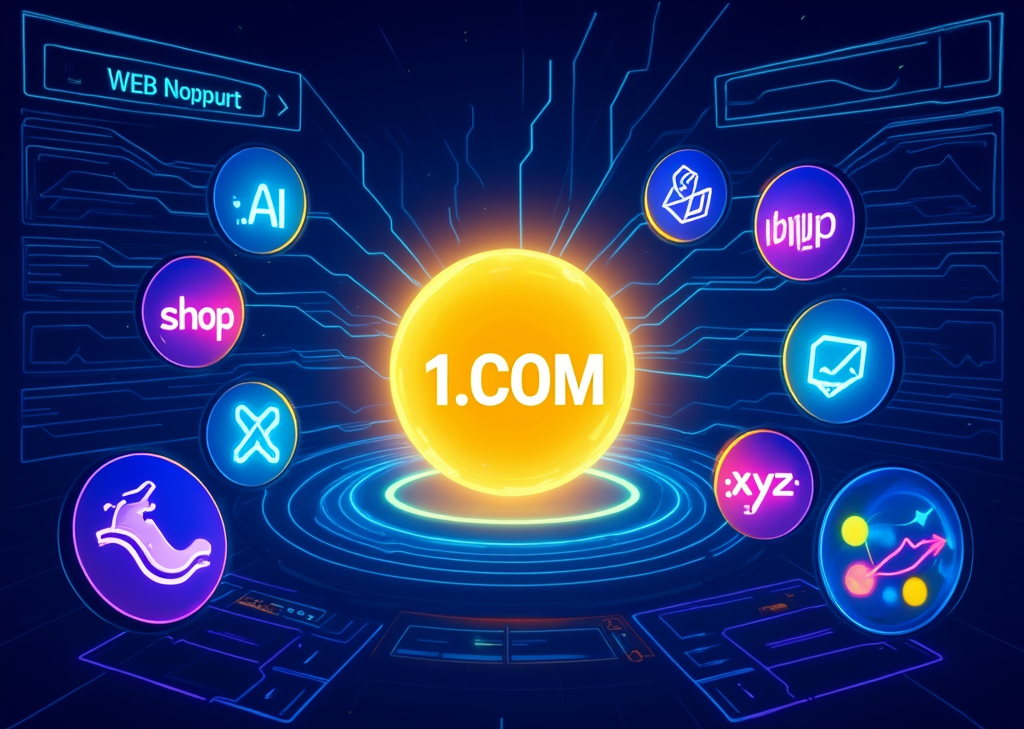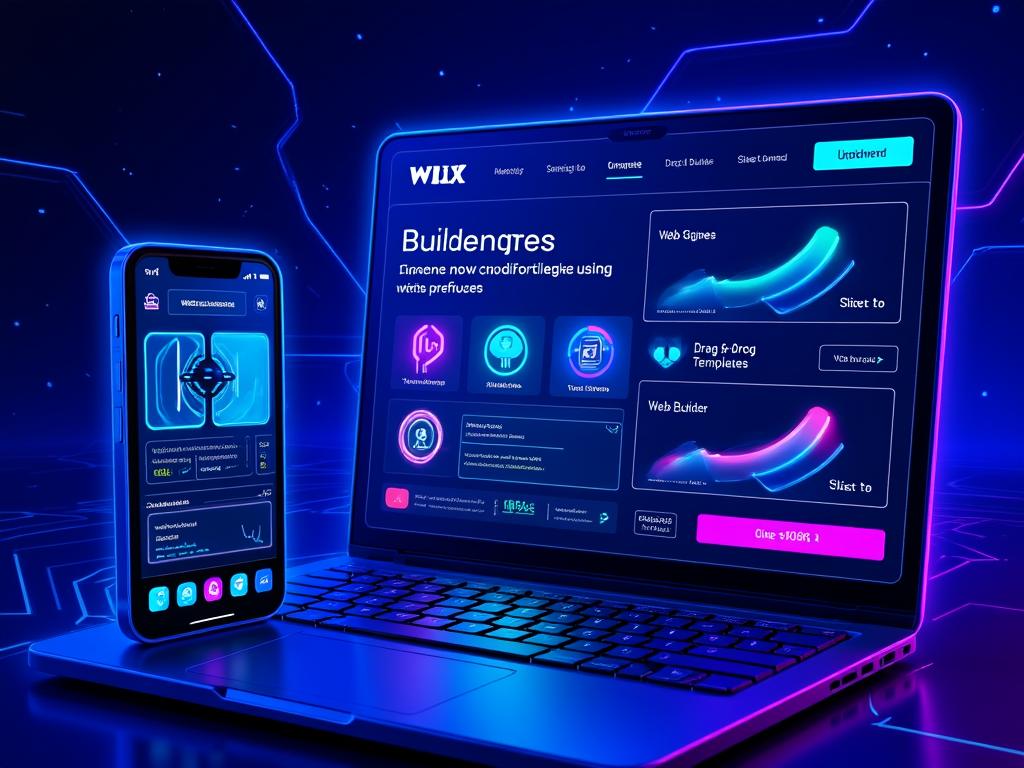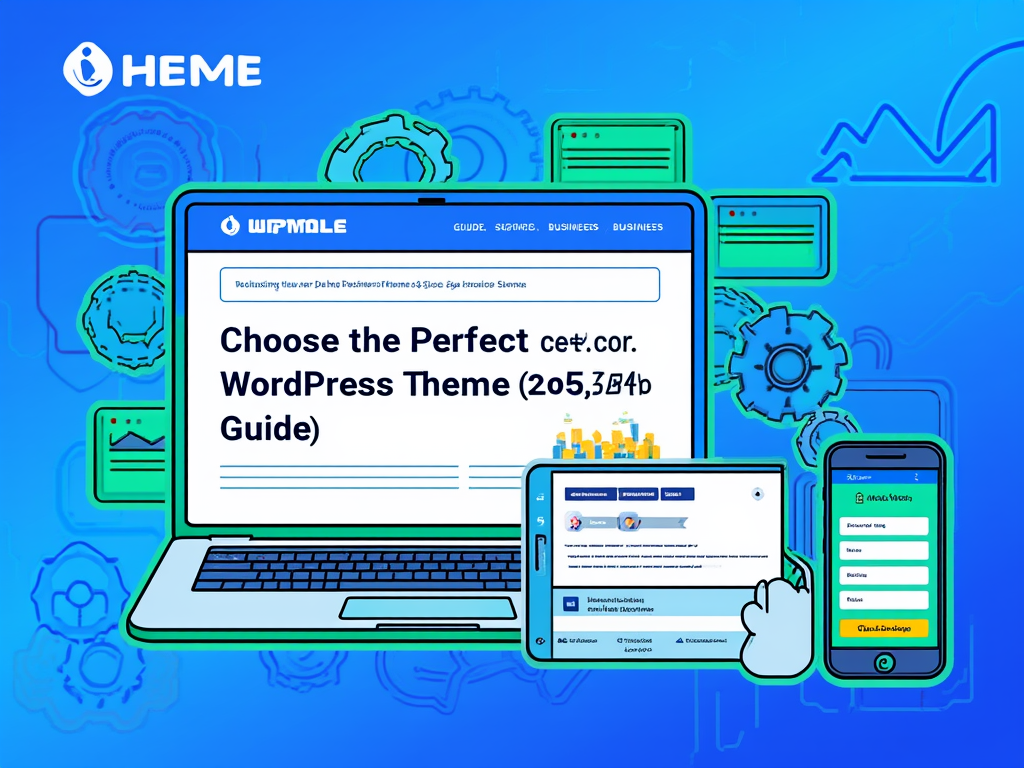Why .com still dominates but new TLDs are on the rise
Introduction
The world of web domains is a dynamic battlefield, where .com remains not just a player, but the heavyweight champion. As of now, this stalwart top-level domain (TLD) holds sway over nearly half of the global domain registrations, boasting an incredible recognition factor. But as the digital landscape expands, a new breed of TLDs clamors for attention, carving out their niches in a space once dominated solely by .com.
The Enduring Dominance of .com
Ubiquity and Market Share
Let’s break it down: .com domains make up a staggering 43-44% of all internet domain registrations. Picture this—over 360 million domains floating around in cyberspace. Among these, approximately 157 million are .com. A figure that is not just remarkable but speaks volumes about user preference. The nearest competitors? They’re far behind—country-code TLDs like .cn for China hold around 20 million registrations, with legacy domains such as .net and .org limping along with 10-13 million each.
Brand Trust and Recognition
Why does .com continue to reign supreme? Think about it: when you hear a web address, what comes to mind first? Most likely, it’s .com. This domain extension has become synonymous with credibility and professionalism. In a world where trust is paramount, it enables businesses to establish authority and fosters user confidence. When potential customers scan the web, a .com domain instantly conveys legitimacy—like the proverbial stamp of approval.
Stability and Longevity
Consider the sustainability aspect: .com domains boast a renewal rate that exceeds 75%. This loyalty from users speaks not only to satisfaction but to an ongoing relationship with a domain that has historical weight. Imagine walking through a landscape where the infrastructure of the internet feels like a sturdy fortress—well, .com is that steadfast wall.
Challenges for .com
But every coin has two sides. The .com namespace is becoming increasingly crowded, with most short and memorable names snatched up, pushing the cost of desirable domains skyward. Did you know that prices for .com domains rose by 28% from 2021 to 2024? A staggering statistic that tells a story of desperation—new businesses struggling to find their digital identity in a valley of overpopulation.
The Rise of New TLDs
Variety and Specialization
Enter the new TLDs. With over 1,200 new generic TLDs (gTLDs) introduced, this domain family has exploded with options that go beyond the traditional. From .ai tailored to artificial intelligence to .app for all things software, and .shop dedicated to e-commerce, the offering is rich and diverse. There’s a certain thrill in the air as businesses start to explore these paths—they offer a fresh avenue for branding that slices through the noise.
Market Growth and Adoption
Here’s where it gets exciting: new gTLDs are witnessing a 13.5% year-over-year increase in registrations. Now imagine the face of a startup that just locked in a relevant, memorable domain tailored to their niche! When potential customers see .tech or .design, there’s an instant connection, a sense of belonging that aligns perfectly with their aspirations. Niche markets are bustling, and people want domains that scream relevance, clarity, and identity.
Affordability and Availability
The financial aspect also plays a crucial role in the ascent of new TLDs. Registration costs are generally lower than .com, making them alluring to fledgling startups and entrepreneurs navigating the choppy waters of business launch. Why pay exorbitant prices for premium .com domains when you can secure an equally striking new TLD for a fraction of the cost? With some .com names going for millions, new TLDs open accessible possibilities. Consider the transaction of “icon.com” fetching a jaw-dropping $12 million—what a mind-boggling figure that exemplifies the challenges faced.
Challenges for New TLDs
Nevertheless, navigating the waters of new TLDs isn't without its challenges. Even with the rise in registrations, they only account for a small portion—.xyz, a notable new player, boasts around 4 million registrations, a far cry from .com's colossal numbers. Consumer trust still heavily favors .com. It’s a psychological hurdle that new TLDs must continuously overcome—how do you instill loyalty when the roots of credibility are buried deep in the soil of .com?
Visualizing the Landscape
A snapshot of the current domain registration scenario can provide insight into just how vast this landscape is:
| TLD | Domains Registered (Millions) | Global Market Share |
|---|---|---|
| .com | 157 | ~43% |
| .cn | 20 | ~5.4% |
| .de | 17.7 | ~4.9% |
| .net | 12.9 | ~3.6% |
| .org | 11 | ~3.0% |
| .xyz | 4 | ~1.1% |
| .io | 1.6 | <0.5% |
| .ai | 0.4 | <0.2% |
As the digital realm continues to evolve and adapt, the landscape of TLDs reflects broader changes in societal, technological, and branding trends. The emergence of new TLDs isn’t merely a fleeting fad, it’s a profound shift in how we approach identity and presence in the online world. The balance between maintaining the trust that comes with traditional domains while discovering innovative ways to assert individuality will shape the future trajectory of the internet.
BEST OFFERS:
Do you want to create your own company website or create your own online business on the Internet?
– WEB HOSTING
– DOMAIN REGISTRATION
– WEB DEVELOPMENT
– SITE BUILDER



Balancing Tradition with Innovation
As we navigate through the complexity of domain choices, what does this mean for businesses and individuals alike? The ever-increasing need for a distinctive online presence has never been more apparent. While the reliability of .com remains hard to match, the innovation and adaptability offered by new TLDs cannot be overlooked. It’s essential for entrepreneurs to embrace both worlds, leveraging the prestige of a .com while exploring the vibrant avenues that new TLDs present.
Strategic Mix for Digital Identity
Finding the right domain can feel like match-making for your online persona. Start by identifying what resonates with your brand. Here are a few steps to help navigate the sea of choices:
-
Evaluate Your Brand Identity: Does it require a classic .com, or would a new gTLD like .design or .tech encapsulate your mission more accurately? The aim is to create clarity and connection.
-
Consider Target Audience: Think about how your audience perceives domains. For established businesses, a .com could convey reliability, whereas for startups in tech or creative sectors, a relevant new TLD could project innovation and modernity.
-
Search for Availability: Utilize domain search tools to scout out your ideal names. If your preferred .com is taken, don’t be discouraged! New TLDs might provide alternatives that are creatively engaging and still align with your brand narrative.
-
Weigh the SEO Implications: The domain name can impact search rankings. Often, having keywords in your domain directly helps, regardless of the TLD. Research how similar brands have fared with their choices.
-
Stay Agile: The internet landscape is a moving target. As digital trends evolve, remain receptive to changing your domain strategy as needed. What is relevant today may shift tomorrow, and being adaptable is critical.
The Future of Domain Names
With technological advancements accelerating at breakneck speeds, we anticipate even further diversification in the domain space. Using artificial intelligence and machine learning, domain registrars are developing tools to predict trends and assist businesses in making the right choices. Imagine AI suggesting domain paths based on user behavior and market potential—it’s not just a dream anymore.
Moreover, the ongoing influence of global events and movements—like sustainability and inclusivity—will likely augment the development of specialized TLDs. We could soon see a rise in domains that emphasize social causes, fields of expertise, or unique communities.
Consumer Education and Trust Building
As new domains flood the market, educating the consumer becomes paramount. There is a pressing need for clarity surrounding new TLDs, their benefits, and best use cases.
Webinars, articles, and video content dedicated to demystifying this landscape will become essential resources. For instance, you might explore videos that dissect the rise of new TLDs and their impact on branding—like this insightful piece on New gTLDs Explained.
Embracing the New Narrative
In the end, the growth of new TLDs isn’t just about opting for something different or trendy—it’s about forging connections, crafting unique narratives, and establishing communities in the diverse online marketplace. The shift towards innovation represents an opportunity for brands to differentiate themselves in ways that resonate deeply with target audiences.
As we stride confidently into this new era where traditional and modern blend, it’s imperative to maintain authenticity. Embrace innovation where it aligns with your vision while never losing sight of the trust and reliability that .com has cultivated over decades.
Visualize the next chapter of your online journey as an exciting synergy—where classic charm meets the boldness of the new frontier.
For Further Exploration
Eager to dive deeper into domain strategy? Check out these compelling videos that provide expert perspectives on the evolving domain landscape:
As the internet continues to grow, keeping a pulse on the domain landscape will equip you with the power to make choices that drive your vision and pave the way for success.
References
1. VeriSign Domain Name Market Report
2. Website Planet Domain Registration Statistics
3. The Future of Web Domains
4. How Owning Your Domain Impacts SEO
5. The Rise of New gTLDs
6. What are Generic Top-Level Domains (gTLDs)?
BEST OFFERS:
Do you want to create your own company website or create your own online business on the Internet?
– WEB HOSTING
– DOMAIN REGISTRATION
– WEB DEVELOPMENT
– SITE BUILDER








Leave feedback about this